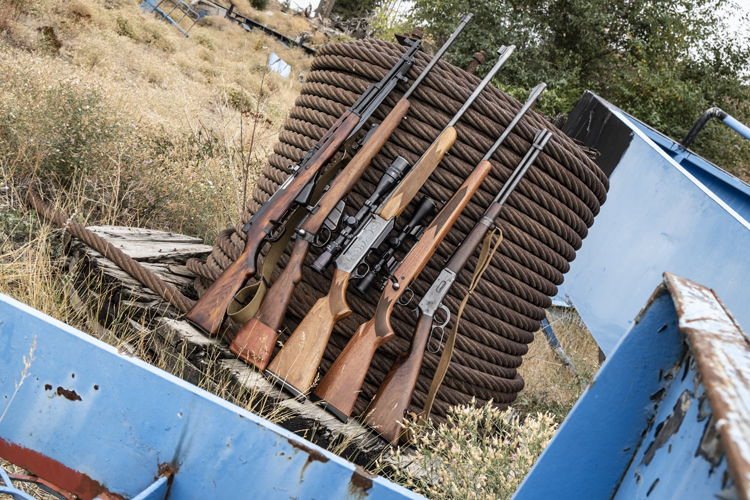
If you're in the market for a used hunting rifle, it will come as no surprise to learn that the leader board is dominated by the likes of the Tikka T3, Sako 85, Remington 700, and the best 30-06 rifle for hunting. The reasons for their popularity are well documented and completely understandable. But we at Calibre didn't want to continue flogging that already very dead horse. Instead, we spent a few weeks scouring Canada's used rifle market and began to notice that there might be some more interesting, unnoticed alternatives. Have we been neglecting the underdogs?
Lee-Enfield
Borne out of the British Empire's need for a simple, reliable, accurate combat firearm, the venerable Lee-Enfield bolt action rifle has been used all over the world since God's dog was a puppy. However, a need to be accurate means users of the Enfield may find using a Leica rangefinder in conjunction with this rifle would be helpful.
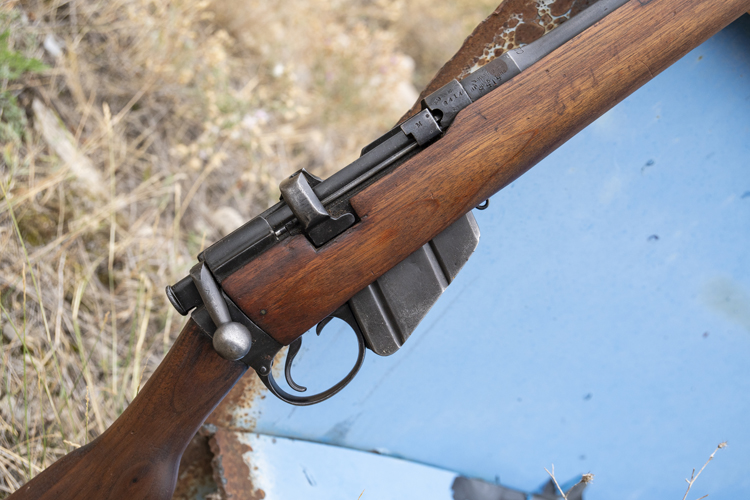 Often referred to simply as a three-oh-three after it's calibre, my first ever centre-fire rifle was one of these and, at my hands, it suffered years of foul-weather hunting trips, (accidental) swims on the beach, (also accidental) tumbles down single-slides, not to mention a shameful amount of general neglect and abuse. But it kept on working, and kept on hitting the target. I have long since lost count of how many deer it put down, and I still regret the day I sold it. The soft spot I gained for these rugged, no-frills rifles, is still present today, so I was delighted to discover that they are still a highly popular option in Canada.
Often referred to simply as a three-oh-three after it's calibre, my first ever centre-fire rifle was one of these and, at my hands, it suffered years of foul-weather hunting trips, (accidental) swims on the beach, (also accidental) tumbles down single-slides, not to mention a shameful amount of general neglect and abuse. But it kept on working, and kept on hitting the target. I have long since lost count of how many deer it put down, and I still regret the day I sold it. The soft spot I gained for these rugged, no-frills rifles, is still present today, so I was delighted to discover that they are still a highly popular option in Canada.
Several variations of this fine rifle exist, and their designations (such as SMLE Mk 5, or No.5 Mk 1) can be somewhat confusing; but the one to keep your eyes open for is the SMLE Mk III*. This is the most commonly available and affordable option. Short, Magazine, Lee-Enfield. Short being that it had five inches shaved off the original thirty-and-a-bit inch barrel. Magazine being that it is fed from a box magazine (typically capable of holding 10 rounds, although other capacities are less commonly available). And the Lee-Enfield part speaks for itself! The Mk III* part of the name refers to the particular iteration. It is affectionately known as the Smelly.
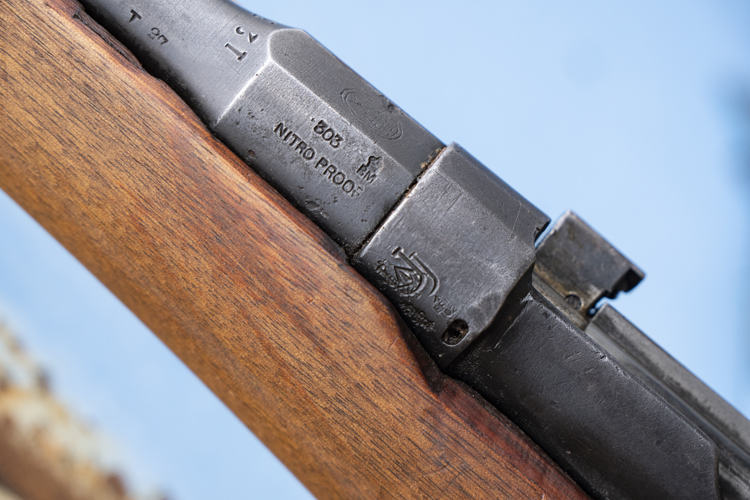
In the case that you find one that has not already been prepped for a scope, then the cost of getting it done can often be more than the rifle's worth. There are some "no-drill" scope mounts available, but their reliability can be sketchy. However, if you really want to get a scope, then it would be better to gather some knowledge about different types of scopes or at least learn the difference between rimfire vs centerfire rifle optics, which can prove beneficial for aiming and hunting. But if you find that scopes are costly for you, then your best bet is to stick with the original iron sights, which (assuming the shooter does their part) are more than sufficient to be ‘minute-of-deer' accurate.
Original Lee-Enfield's are chambered for the .303 British cartridge. Now it could be argued that there are better big game cartridges available. And those arguments would be correct. But just because there are better options, doesn't mean that the .303 is a bad option. In fact, this old, rimmed cartridge has been used successfully to drop (almost) every game animal in North America for close to a hundred years.
Paulette from Al Simmons gun shop in Hamilton, Ontario sells plenty of them. "They're a good old rifle," she says. "In fact, the Lee-Enfield .303 is still the most popular moose rifle in Newfoundland!"
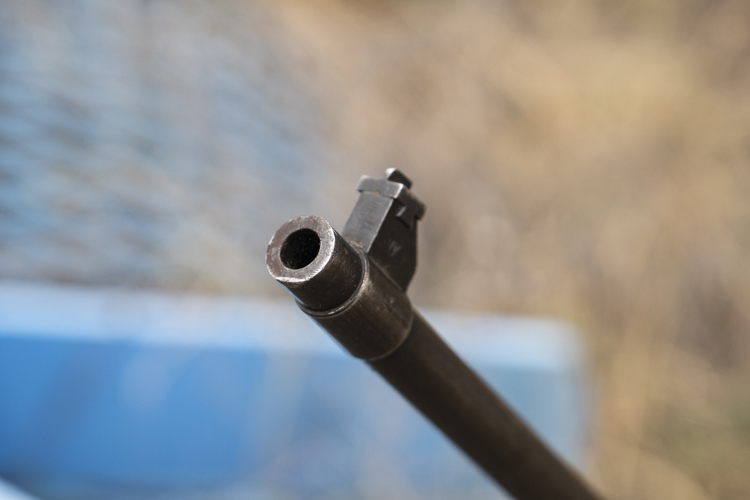
A very well used, but serviceable, sporterized SMLE Mk III* can be had for around $175. One in average condition will cost about $200-250, and the choicest cut will run closer to $300.
Parts are fairly easy to find at used gun stores, gun shows, and - of course - online. Bear in mind though, that some parts aren't necessarily cheap. For example, magazines can cost close to $100, so make sure any rifle you buy is either complete, or priced down accordingly.
A final word to the wise; although not common, .308 Winchester conversions of the Lee-Enfield do exist, but the performance can be hit and miss. Literally. So unless you're sure that the conversion is a good one, they are best avoided.
SKS
The Samozaryadny Karabin sistemy Simonova (don't worry; we'll stick with ‘SKS' from here on in) is a rifle so ubiquitous in Canada that it needs no introduction.
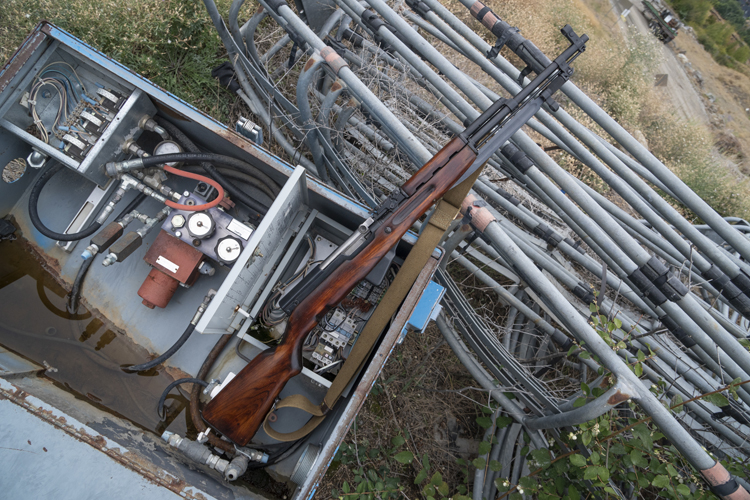
Being semi-automatic, the SKS is slightly less inherently reliable and less accurate than most bolt action hunting rifles, but the upside is the capacity for quick follow-up shots.
As with the Enfield, mounting a scope on an SKS can be a challenge. Several companies do manufacture mounts, but I have yet to come across one which holds a scope securely enough for reliable and consistent use. This isn't a huge problem because even with the stock iron sights, the SKS is a feasible hunting tool out to 100 yards.
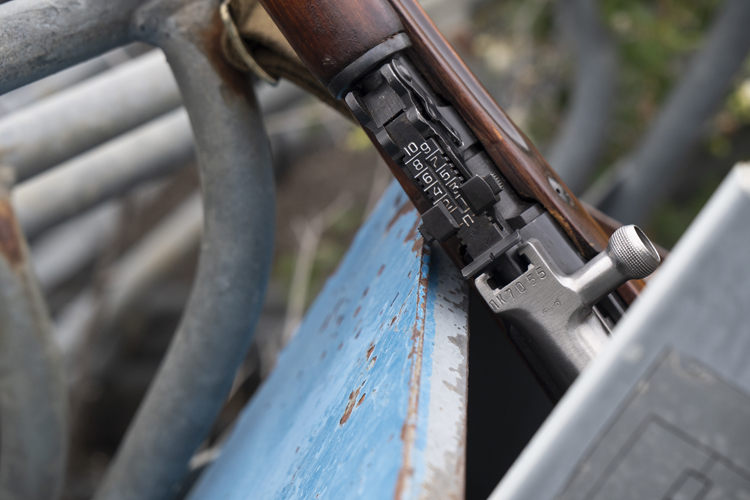
Thankfully, there are numerous aftermarket stock options for the SKS (Tapco makes a popular one), and swapping them out is a fairly easy task. I recommend avoiding any stock that requires the use of a detachable magazine: The mags can be expensive and are usually 20 or 30 rounders pinned to five, which leaves a huge useless box hanging beneath your rifle and this can create a hassle when stalking quietly through the bush.
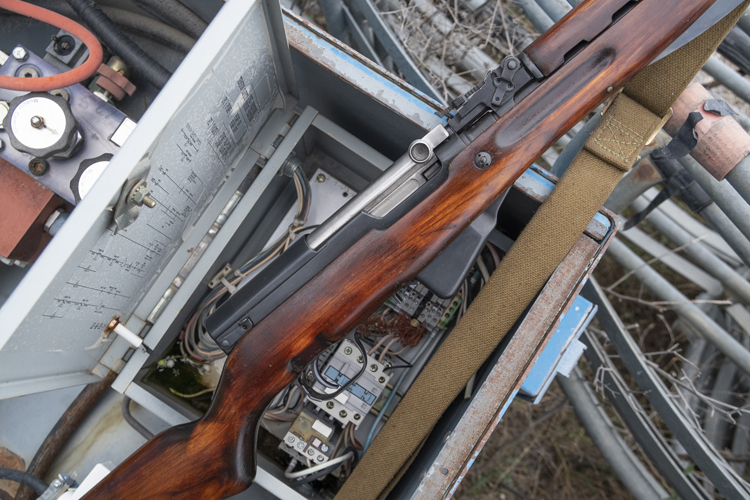
Sadly, gone are the days of buying a case of surplus ammo and getting a rifle thrown in for free. Instead, if you're in the market for an SKS these days, you can expect to part with around 250 of your hard earned dollars.
Be cautious of overzealous sellers trying to convince you that their Tapco'd up SKS is absolutely worth the $400 they're asking. It probably isn't.
Winchester Model 70
For more than eighty years, the Winchester Model 70 bolt action rifle has been a pervasive player amongst North American hunters, earning the nickname of "The Rifleman's Rifle". It is a classic in almost every way. But the Model 70 has something of a complex history. Throughout its life, it has been updated, revised, and changed several times. Sometimes for the better, sometimes for the worse.
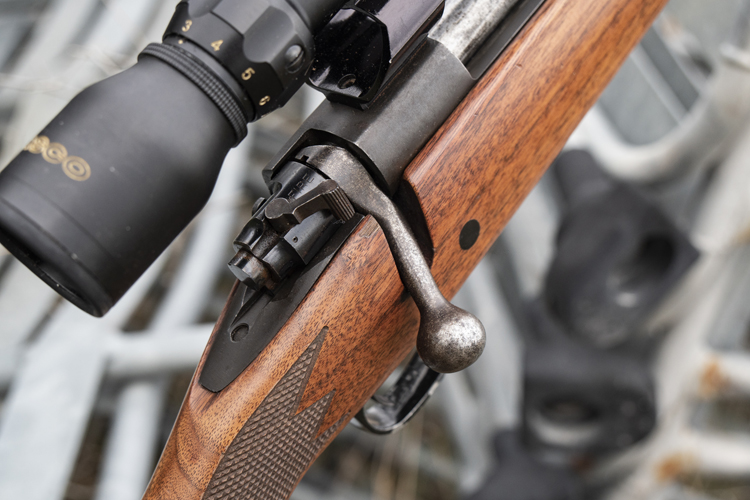
In 1992, the Winchester Model 70 line gave birth to the aptly named ‘Classic'; the first Model 70 to be dedicated specifically to hunters. The Classic is famed for having one of the best mass-produced ‘Mauser' actions ever featured in a hunting rifle. The dual locking lugs give tremendous strength without sacrificing the smooth opening and closing of the bolt; and the full-length, controlled feed extractor delivers superb reliability, ensuring extraction even when the cartridge case is dirty or deformed. And although any discerning shooter can appreciate these features, they make the rifle particularly attractive to hunters of dangerous game.
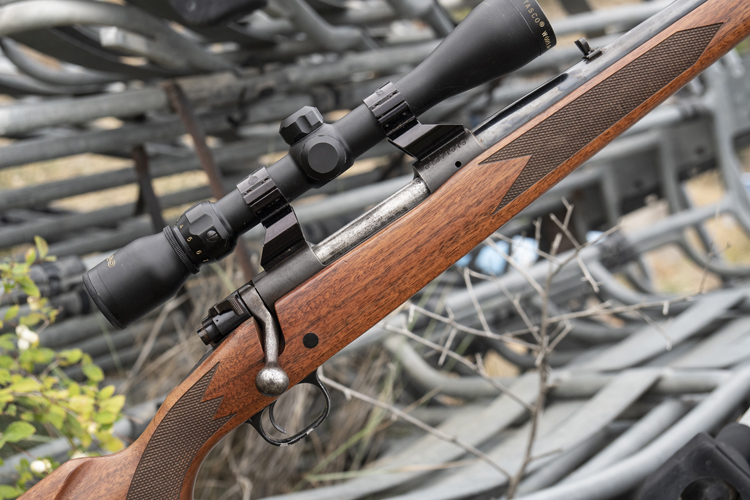
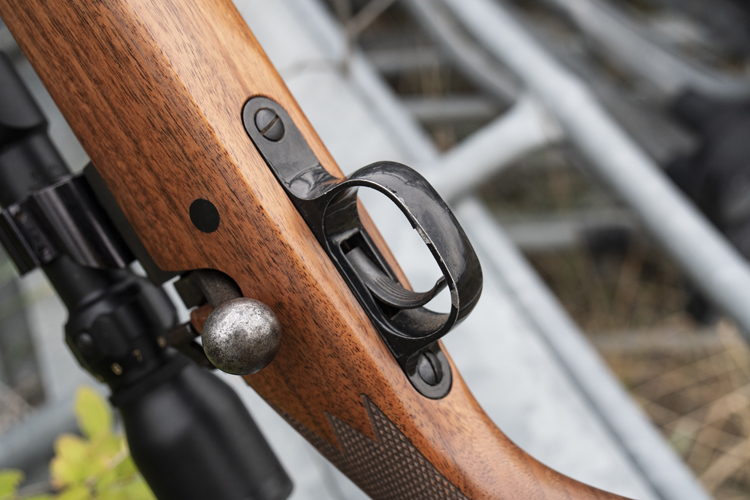
Browning BAR
No, I'm not talking about the M1918 Browning Automatic Rifle. Although, were it legal and affordable, I'm sure that being a .30-06 machine gun would make it more than adequate for mule deer! But alas, I am referring to its lowly sporting descendant. 'Lowly' is probably an unfair term because this semi-automatic rifle is a wonderful piece of engineering, and makes a delightful hunting companion.
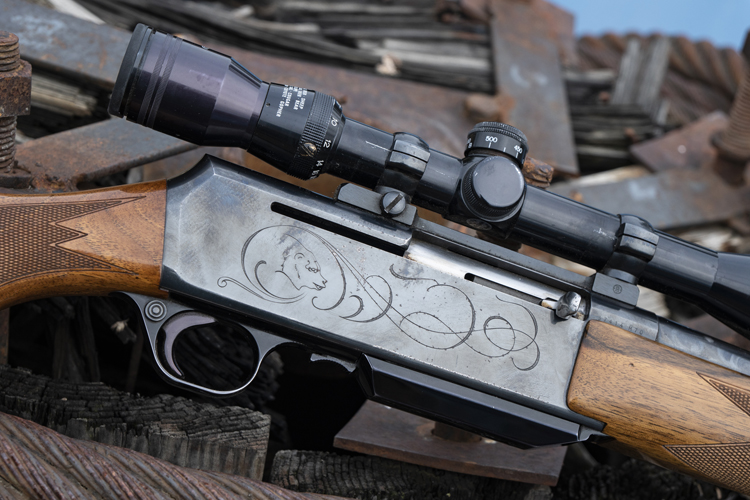
These various eras produced copious configurations with a great range of chamberings. Models are available with a wood stock or composite; pistol grip or traditional; black or camo; fancy nickel receiver or plain black.
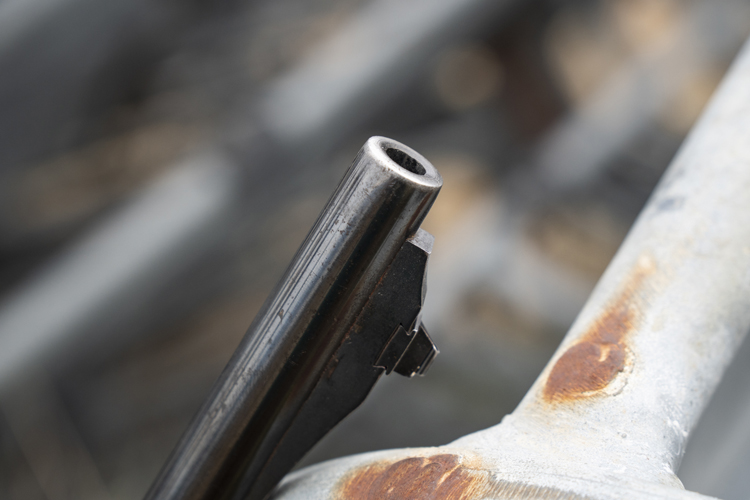
I haven't shot the BAR as much as I'd like, but I did have the pleasure of borrowing one for a hunting trip in South Africa some years ago. It was a Classic Safari in .30-06, and it accompanied me for just shy of a week. The first day, I spent a couple of dozen rounds dialling it in on paper and I was delighted by the smooth action and soft recoil, and impressed by the accuracy which rivalled my Winchester Model 70! The following days, the BAR did little but accompany me on long and fruitless walks until, finally, it did its job on a warthog.
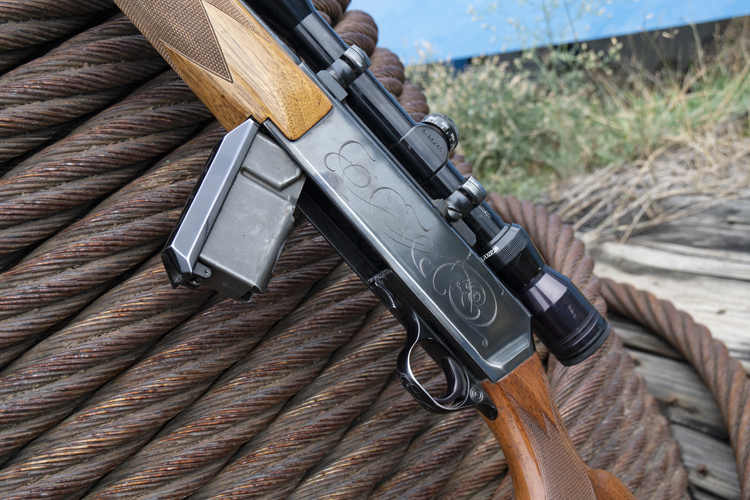
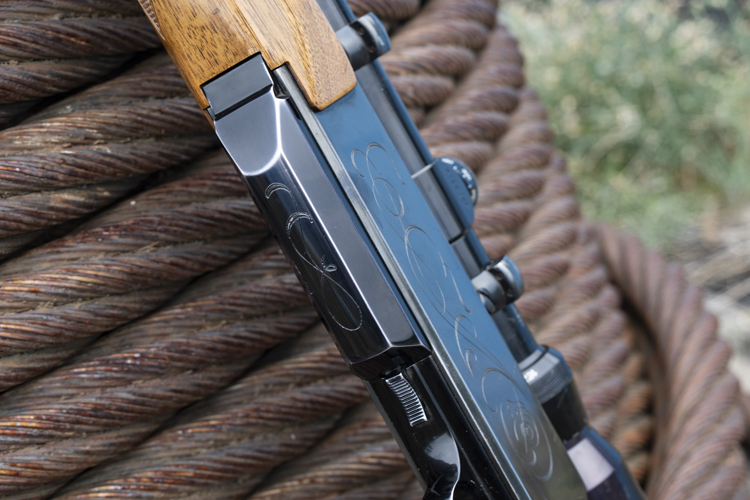
If you're considering hunting with a semi-auto, and you want a substantial step up from the other semi-auto on this list, then a used BAR is the answer. That substantial step up won't just be in quality and performance though; it'll also be in price. You can expect to part with $800 to $1300 depending on the specific model, furniture, and general condition.
Winchester 94 and Marlin 336
Who doesn't love a good lever action? These two examples are equally popular, and equally awesome. And we couldn't decide between them, so they tie for the fifth spot on our list.
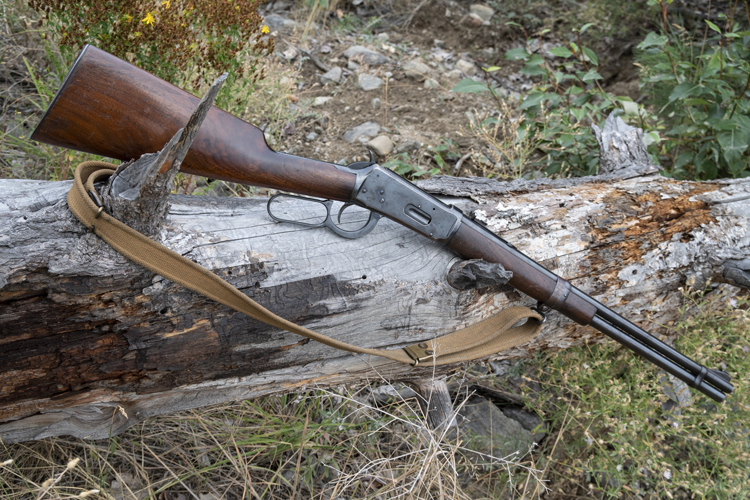
"Lever actions are still a very popular option for hunters today," says Shane from Reliable Gun in Vancouver. "Particularly the Winchester and Marlin .30-30s."
Winchester could be considered the grandaddy of lever action rifles, with their Model 1873 often being referred to as the "Gun that Won the West." In 1894, John Browning got stuck in and designed the Winchester Model 94. This rifle, a product of the golden era of repeating rifles, became one of the best selling hunting rifles of all time: To date, Winchester has sold around six and a half MILLION of them!
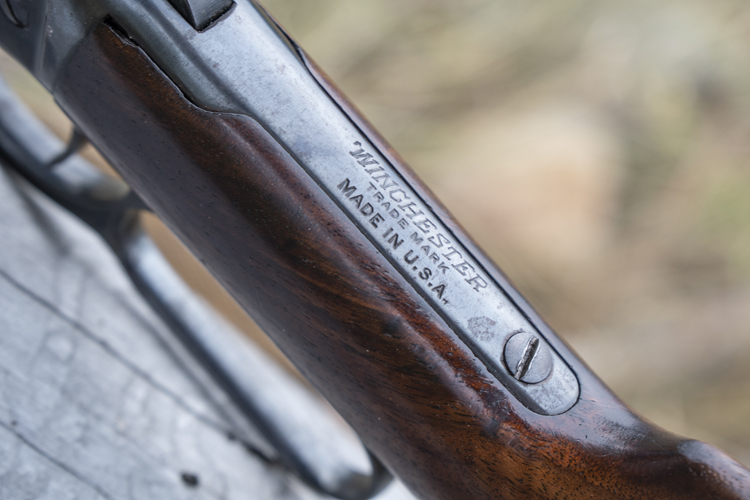
Generally chambered for the .30-30 Winchester round fed from tubular magazines, both rifles have almost equal value as a hunting companion. I say almost because there is one significant difference:
The Winchester 94's action opens at the top and (with a few rare exceptions) ejects casings straight upwards. This design interferes with mounting a scope. It isn't completely out of the question because, with some modification, the 94 can accept an offset scope, or an extended eye relief ‘scout style' scope. But neither option is ideal.
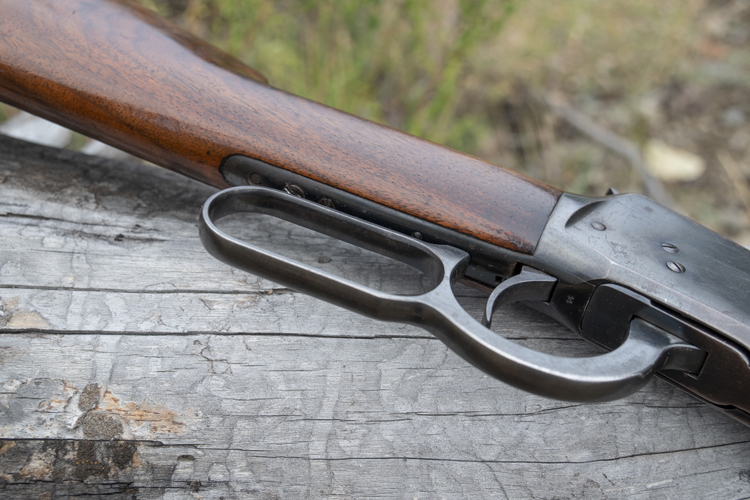
If you're planning to stick with iron sights as many short range hunters do, then this difference is irrelevant. But for those looking to increase their accuracy for longer ranges, then the Marlin has a clear advantage.
A possible negative to some 336's is that Marlin was bought by Remington in 2007 and, due to manufacturing issues during the takeover, many of the subsequent "Remlins" were prone to problems and are generally best avoided. So stick to pre-'07 Marlins (or post 2012) and you should be just fine.
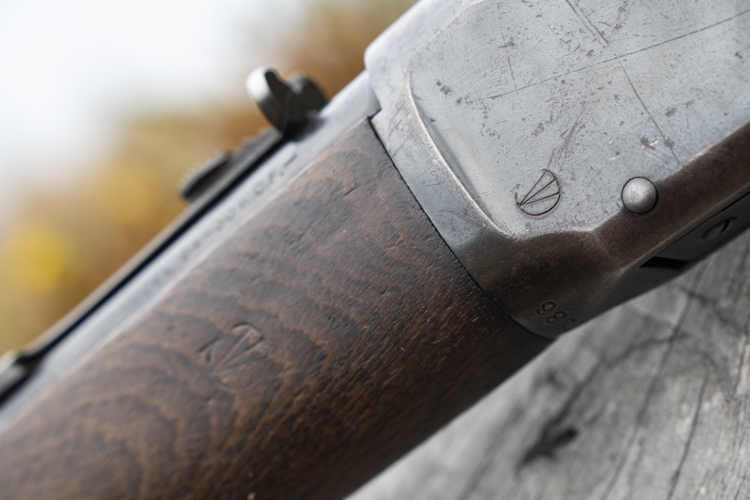
In reasonable hunting condition, either the Winchester 94 or the Marlin 336 can be had for between $500 and $700, with the Winchester being the slightly more expensive option, mostly due to its heritage and reputation.
Conclusion
Perhaps you're the kind of hunter who eschews the Gore-Tex Realtree jacket in favour of a waxed cotton Barbour. Perhaps, instead of buying a new Can-Am Outlander, you spent your money on a pair of comfortable hiking boots to take on the hills on foot.
And perhaps you're in search of a hunting rifle. A rifle with heritage. With class. Or perhaps you just want something cheap but effective. Don't forget your Wind Gauges as well!
Perhaps you're looking for an underdog.
And if thats the case, any and all of the aforementioned rifles can provide a hunter with many years of service.